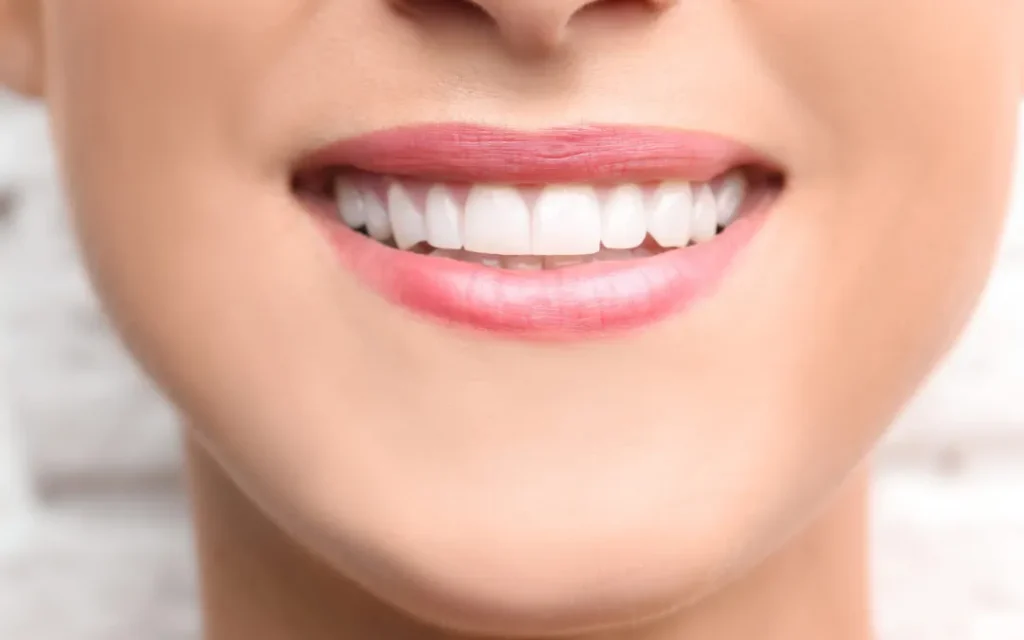

DENTAL BONDING
Dental bonding is a popular cosmetic dental treatment used to improve the appearance of teeth. It is a non-invasive and cost-effective procedure that can be performed in a single visit to a dental clinic. In Shoreline, Washington, dental bonding is available at various dental clinics and can be used to address a variety of dental issues.
What is dental bonding?
Dental bonding is a procedure in which a tooth-colored composite resin material is applied to the surface of a tooth and then sculpted, shaped, and polished to improve its appearance. The composite resin material is a mixture of plastic and glass that can be matched to the color of the surrounding teeth, creating a natural-looking result.
Dental bonding is a versatile treatment that can be used to address a variety of dental issues, including:
- Repairing chips or cracks in teeth
- Filling gaps between teeth
- Correcting misshapen or uneven teeth
- Covering stains or discoloration
- Protecting exposed tooth roots due to receding gums
The dental bonding procedure
The dental bonding procedure is a straightforward and non-invasive process that can usually be completed in a single visit to the dental clinic. The procedure typically involves the following steps:
- Preparation: The tooth is prepared for bonding by cleaning and roughening the surface to help the bonding material adhere better.
- Bonding material application: A conditioning liquid is applied to the tooth to help the bonding material adhere, followed by the application of the composite resin material.
- Sculpting and shaping: The composite resin material is sculpted and shaped to match the natural shape of the tooth and improve its appearance.
- Curing: A special light is used to harden the bonding material.
- Polishing: The bonded tooth is polished to match the shine of the surrounding teeth.
Advantages of dental bonding
Dental bonding offers several advantages, including:
- Affordability: Dental bonding is a cost-effective cosmetic dental treatment.
- Non-invasive: The dental bonding procedure is non-invasive and does not require the removal of healthy tooth structure.
- Quick and easy: Dental bonding can usually be completed in a single visit to the dental clinic.
- Versatility: Dental bonding can be used to address a variety of dental issues, including chips, cracks, gaps, and discoloration.
- Natural-looking results: The composite resin material used in dental bonding can be matched to the color of the surrounding teeth, creating a natural-looking result.
Dr. Lee performs dental bonding in Shoreline. Dental bonding is a popular cosmetic dental treatment that can improve the appearance of teeth. It is a non-invasive and cost-effective procedure that is available at our dental office in Shoreline, Washington.